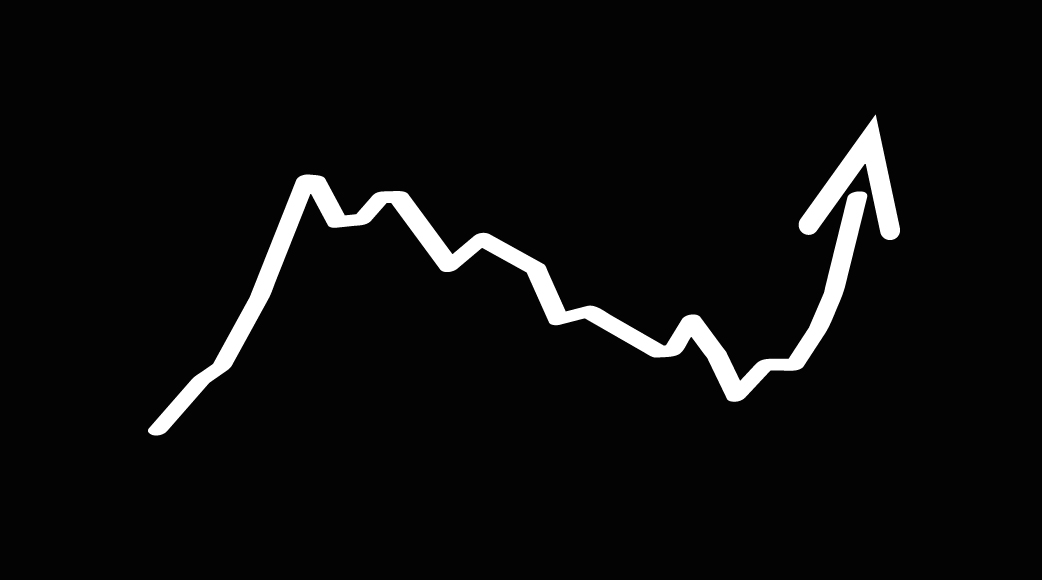
Commentary from China and the impact on the global LED screen industry
In the UK we measure rising prices to the consumer using a method called the Retail Price Index (RPI), this measures the increase in costs of a basket of goods compared to the same month the previous year. Whilst the name changes pretty much every country measures price increases in a similar way.
When we consider the movement of price further down the supply chain we have to use different methods and in China the instrument used for the price of goods exiting factories is called the Producer Price Index (PPI). This is a fancy word for factory gate price movements.
As a reference the PPI for the whole calendar year of 2020 was -1.8%, so factory gate prices went down pretty much every month.
In May 2021 the PPI, in China, for one month alone went up by a whopping 9% . This followed an increase of 6.8% in previous months. This figure is the highest since September 2008.
It is common knowledge that there is a world wide shortage of semi conductors, this is not a temporary phenomenon – most experts are predicting this supply problem will last 2, maybe 3 years. This is a key factor in the price increases but it is not the only one:
- Just this morning a supplier told me that the price of aluminium has gone up by 60%.
- Smelting and pressing costs for ferrous metals rose 38.1% last year.
- Extraction costs of petroleum and natural gas have increased 99.1% since the start of 2020
- Power cuts in Guangdong (the southern province where most LED factories and famous names such as Tencent, Huawei and Foxconn are based) are expected twice weekly for the foreseeable future as coal stocks (used to power 60% of China factories) are dangerously low
- Average Chinese internal flights costs increased in May by 32.3%
All of this has caused the CPI (China’s version of RPI – Consumer Price Index) to rise by 1.3% year on year in May alone.
In a country where price increases are uncommon, to say the least, the current economic uncertainty is causing much concern.
